Found a total of 10000 related content

How to convert xml to csv
Article Introduction:The methods to convert XML to CSV are: XSLT conversion: Use an XSLT stylesheet to map XML to the CSV format, and then use the processor to perform the conversion. XQuery Conversion: Use XQuery code to extract XML data and generate CSV format, and then use the processor to perform the conversion. Third-party tools: Use specialized XML to CSV conversion tools such as XML to CSV Converter, XML Converter, XML to CSV Converter (Online).
2025-04-03
comment 0
875

How to convert XML into vector diagram?
Article Introduction:XML cannot be directly converted into vector diagrams, so you need to write code to convert the data described in XML into vector diagrams. The conversion method varies according to the XML structure, and code needs to be developed for the specific XML format. Code writing needs to consider XML parsing, data conversion, graph drawing and other links, and fully test and optimize performance.
2025-04-02
comment 0
1196

How to convert xml into video form
Article Introduction:XML to video steps: Create an XML file containing video data. Use the XSLT stylesheet to convert XML files to video format. Use the video converter to convert XSLT files to video format. Configure conversion settings such as video codec and resolution. Start the conversion process. Save the output video.
2025-04-03
comment 0
401
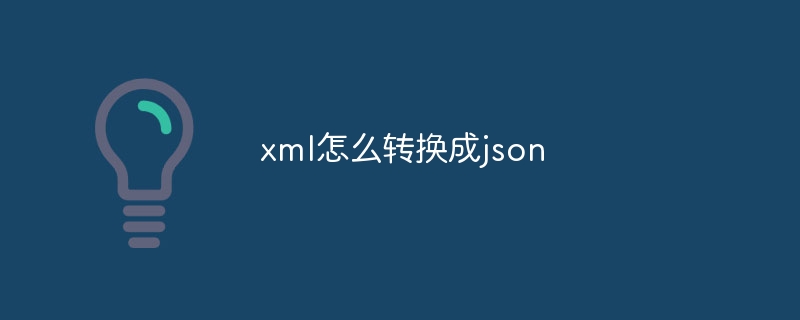
How to convert xml to json
Article Introduction:Methods to convert XML to JSON include: writing scripts or programs in programming languages ??(such as Python, Java, C#) to convert; pasting or uploading XML data using online tools (such as XML to JSON, Gojko's XML converter, XML online tools) and selecting JSON format output; performing conversion tasks using XML to JSON converters (such as Oxygen XML Editor, Stylus Studio, Altova XMLSpy); converting XML to JSON using XSLT stylesheets; using data integration tools (such as Informatic
2025-04-03
comment 0
1056

PHP Master | Using YAML in Your PHP Projects
Article Introduction:YAML: Data serialization format that improves PHP project efficiency
Test devices, configuration files, and log files all need to take into account both human and machine readability. YAML (YAML Ain’t Markup Language) is a simpler data serialization format than XML, and is popular among software developers for its legibility. YAML files simply contain text data files written according to YAML syntax rules, usually with the extension .yml. This article will introduce the basics of YAML and how to integrate the PHP YAML parser in your PHP project.
Key points:
YAML is a simpler data serialization format than XML, and is popular among developers for its legibility. It is often used
2025-02-26
comment 0
807

How to create a custom cast for Eloquent models in Laravel?
Article Introduction:Create a custom Cast class that implements the CastsAttributes interface, define get and set methods to control the acquisition and setting of properties; 2. Register the Cast class in the $casts array of the Eloquent model to automatically convert the properties; 3. Optionally use CastsInboundAttributes to implement inbound only conversion, or define simple inline Casts through closures; 4. Support Cast with parameters, pass parameters through colons and access using $this->parameters in the class; 5. It is recommended to use classes rather than closures to improve maintainability, ensure data consistency and avoid duplicate logic.
2025-08-03
comment 0
431
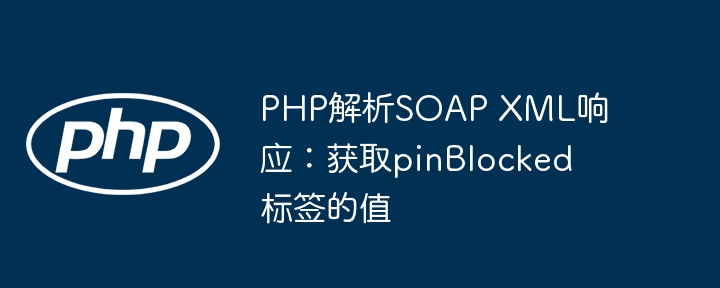
PHP parsing SOAP XML response: Get the value of pinBlocked tag
Article Introduction:This article describes how to parse SOAP XML responses using PHP and extract values ??for specific tags, such as pinBlocked tags in the example. The article explains in detail the use of SimpleXMLElement class and xpath method to process XML data, and provides code examples for different PHP versions to help developers quickly master the skills of parsing SOAP XML responses.
2025-08-22
comment 0
294
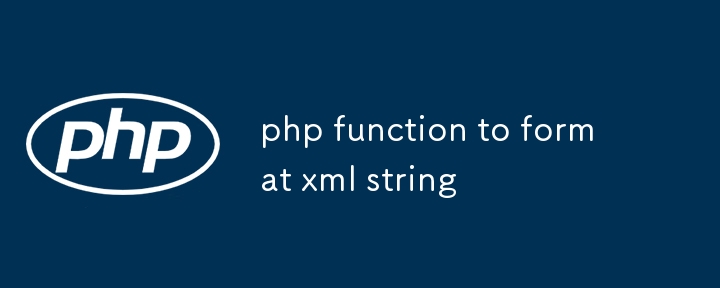
php function to format xml string
Article Introduction:To format XML data extruded into one row, you can use PHP's DOMDocument class to implement it. The specific steps are: 1. Create a DOMDocument object; 2. Set preserveWhiteSpace=false to clear the blanks; 3. Set formatOutput=true to enable formatted output; 4. Use loadXML to load XML strings and handle errors; 5. Call saveXML to return the formatted result. Notes include: Ensure the XML format is correct, dealing with namespace and DTD, and paying attention to coding issues. This method is simple and effective and suitable for integration into the tool library.
2025-07-22
comment 0
275

How to control the output format of XML converted to images?
Article Introduction:By using precise parameter control of graphics libraries such as ReportLab, the output format of XML to image conversion can be precisely controlled. Specifically, it includes: processing XML data row by row and column by column; using the library interface to draw cells one by one according to XML style definition; accurately setting fonts, font sizes, colors, margins, etc. to match the styles defined by XML; supporting complex structures, multi-threading and error handling; optimizing performance and improving code maintainability.
2025-04-02
comment 0
876

Implementing a custom XML serializer and deserializer
Article Introduction:Custom XML serializers are very useful when you need to finely control objects and XML conversion, especially suitable for handling legacy formats, third-party APIs or performance key scenarios; 1. First define the object model and target XML structure, and clarify the mapping relationship between attributes and elements; 2. Use XmlWriter to create a custom serialization method, and manually control the element name, order and format; 3. Use XmlReader to implement deserialization, read data and assign values ??through forward parsing, pay attention to handling type conversion exceptions; 4. Enhance robustness, add null value checking, exception capture, and optional XDocument to improve code readability; 5. Select a custom or built-in serializer according to the scene, and recommend customization based on non-standard XML or high-performance requirements;
2025-08-23
comment 0
746

How to set up Pusher with Laravel?
Article Introduction:Install Pusher and Laravel broadcast components and configure BROADCAST_DRIVER=pusher and QUEUE_CONNECTION; 2. Create an application on the Pusher official website and obtain AppKeys, fill in the .env file corresponding to the PUSHER variable; 3. Enable BroadcastServiceProvider in config/app.php and define authorized channels in routes/channels.php; 4. Create an event class that implements the ShouldBroadcast interface, set the broadcast channel and data format, and trigger events in the controller; 5. Introduce PusherJS and Lar in the front-end
2025-08-01
comment 0
942

Parsing RSS Feeds in a Swift iOS Application
Article Introduction:To parse RSSfeed, you need to use Swift's XMLParser to parse XML data and extract article information. 1. Understand the RSS structure, which is in XML format, including channel and multiple items, each item has title, description, link and pubDate. 2. Create an RSSItem model structure, including title, description, link and pubDate properties. 3. Create the RSSParser class using XMLParser of the Foundation framework, implement asynchronous parsing and callback results. 4. Follow XMLParserDelegate protocol, in didSt
2025-08-05
comment 0
814

How do you implement custom session handling in PHP?
Article Introduction:Implementing custom session processing in PHP can be done by implementing the SessionHandlerInterface interface. The specific steps include: 1) Creating a class that implements SessionHandlerInterface, such as CustomSessionHandler; 2) Rewriting methods in the interface (such as open, close, read, write, destroy, gc) to define the life cycle and storage method of session data; 3) Register a custom session processor in a PHP script and start the session. This allows data to be stored in media such as MySQL and Redis to improve performance, security and scalability.
2025-04-24
comment 0
733
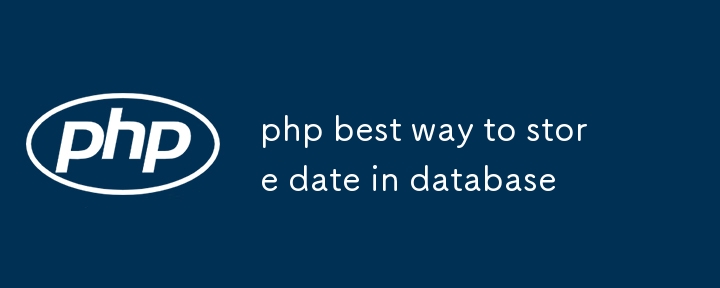
php best way to store date in database
Article Introduction:The safest way to save dates to the database in PHP is: 1. Select the appropriate data type (DATETIME is suitable for long-term storage, TIMESTAMP is suitable for automatic time zone conversion); 2. Use the DateTime class to process time and the unified format is 'Y-m-dH:i:s'; 3. Use UTC in the unified time zone and set the time zone when connecting to MySQL. Avoid storing timestamps directly or using irregular formats to ensure queries, sorting, and cross-language compatibility.
2025-07-12
comment 0
278
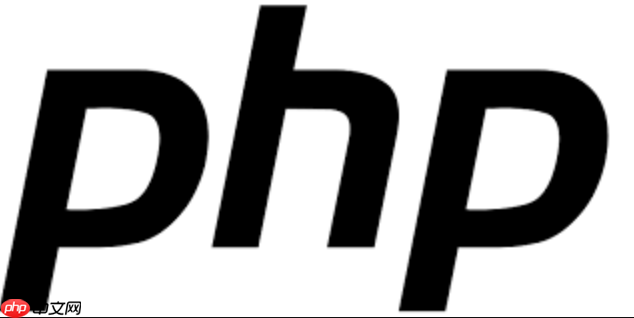
PHP realizes AI-driven data analysis PHP big data intelligent mining application
Article Introduction:PHP mainly acts as a bridge in AI-driven data analysis, and implements data mining tasks by calling external AI services or libraries. 1. Data collection and preprocessing: Use PHP to connect to the database or API to extract data, and clean, convert and format; 2. AI model call: Send the processed data to external AI services such as TensorFlowServing and PyTorchServing or perform complex analysis through AI modules written in Python; 3. Results processing and display: Receive AI returns results, generate charts, reports or prediction information and display them to users. When choosing AI tools, you need to consider algorithm requirements, performance, ease of use and cost. If the team is familiar with Python, you can choose TensorF.
2025-07-25
comment 0
190
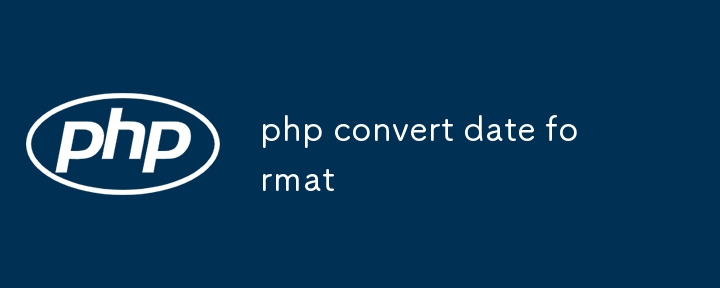
php convert date format
Article Introduction:PHP date format conversion is mainly implemented in two ways. First, use the combination of date() and strtotime() functions, which are suitable for most standard format conversions, but have limited support for non-standard formats; second, use the DateTime class to deal with more complex scenarios, such as time zone conversion and multilingual support, which has stronger readability and fault tolerance; in addition, you also need to master common format characters, such as Y represents a four-bit year, m represents a month with a leading zero, and d represents a date with a leading zero, etc.; it is recommended to use date() in simple scenarios, and DateTime is preferred if it involves time zone or internationalization, and pay attention to verifying the legitimacy of the input.
2025-07-07
comment 0
909
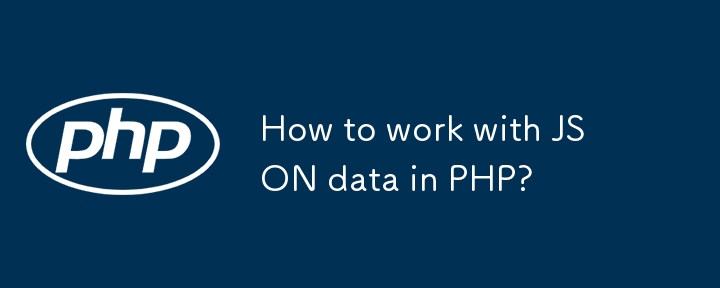
How to work with JSON data in PHP?
Article Introduction:Common operations for PHP to process JSON data include: 1. Use json_decode() to convert JSON strings into PHP variables, and you can choose to return objects or arrays, and return null if the format is incorrect; 2. Use json_encode() to convert PHP arrays into JSON strings, and support parameters such as JSON_UNESCAPED_UNICODE to retain Chinese; 3. When reading JSON file or interface data, combine file_get_contents or cURL to obtain the content before parsing; 4. Notes include verifying the legitimacy of JSON format, handling nested structures, case sensitivity and null value Boolean conversion issues. Mastering these can deal with most scenarios.
2025-07-15
comment 0
292

Using Eloquent API Resources in Laravel.
Article Introduction:EloquentAPIResources is a tool in Laravel for building structured JSON responses. 1. It serves as a conversion layer between the model and the output data; 2. It can control the return field, add additional fields, and unified format; 3. Create a Resource class through Artisan and define a toArray method; 4. Use newResource() or Resource::collection() to return data in the controller; 5. Usage techniques include avoiding deep nesting, preloading relationships, conditional return fields, custom paging and naming specifications. Rational use can improve the clarity and performance of the API.
2025-07-23
comment 0
963

Optimizing Large-Scale XML Data Processing Pipelines
Article Introduction:To efficiently process large-scale XML data, streaming parsing is necessary instead of DOM, using SAX or StAX parsers to achieve constant memory consumption; utilizing multi-core resources through file-level or block-level parallelization; selective verification or precompilation of XSD to reduce overhead; avoid using XSLT, instead of direct conversion of code or early conversion to JSON/CSV; optimize I/O, including compression, batch writing, and SSD; and continuously tuning through monitoring tools. 1. Use StAX or SAX streaming analysis; 2. Use thread pools or distributed frameworks to process in parallel; 3. Precompile or skip XSD verification; 4. Use direct encoding or early format conversion to replace XSLT; 5. Compress data, batch writes, and use high-speed storage; 6. Positioning with analysis tools
2025-07-31
comment 0
249



















